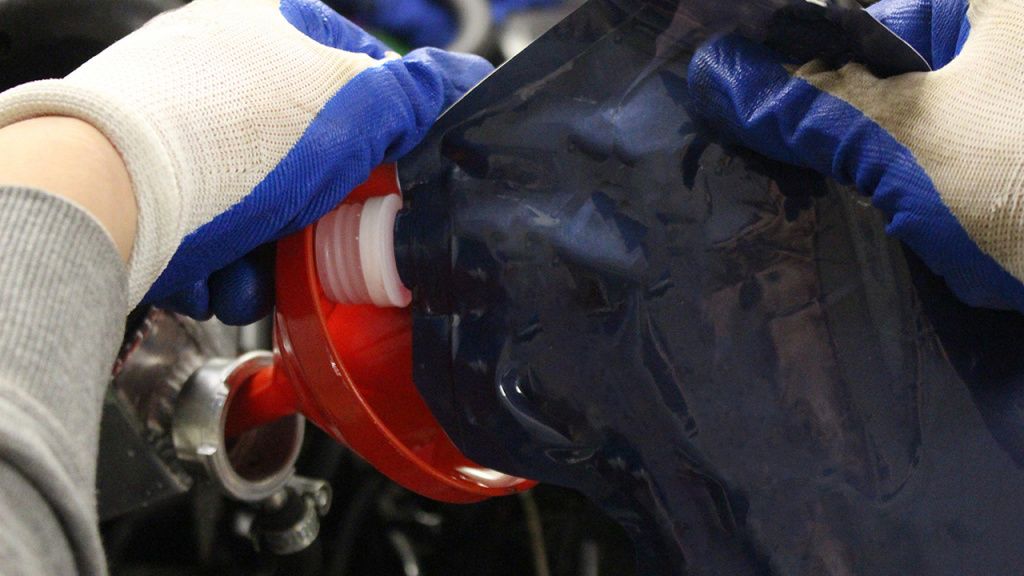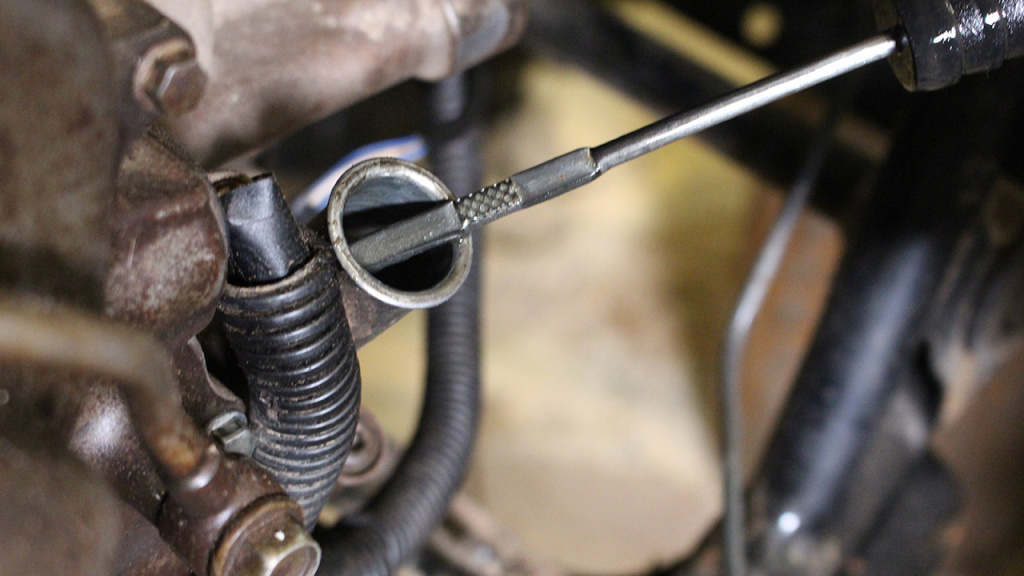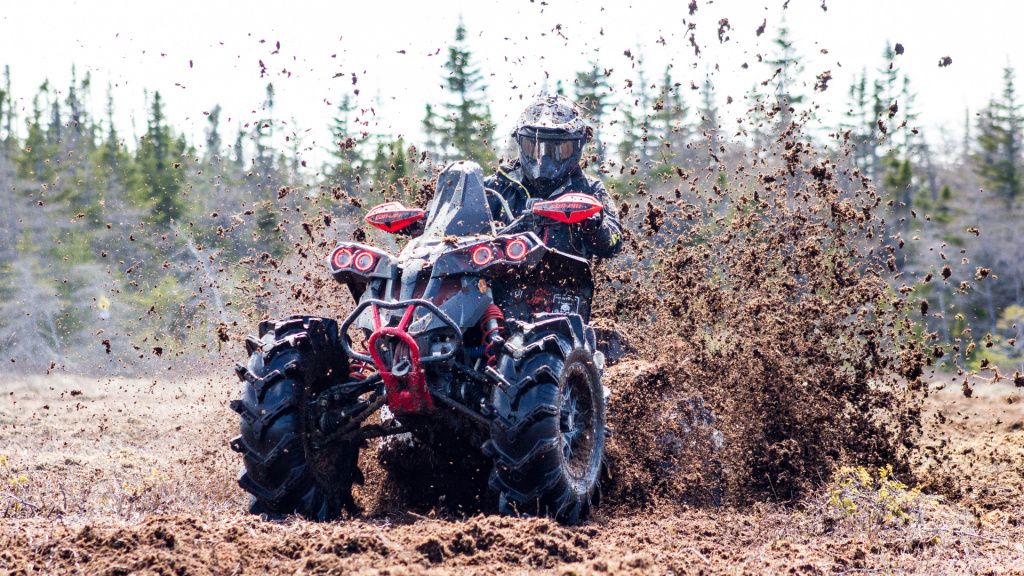How to Improve an ATV Engine Cooling System
Engine overheating is both fun-killing and potentially costly. You can use the tips in this post to learn how to improve an ATV engine cooling system to prevent overheating issues.
Who's at Greatest Risk of Engine Overheating
Anyone who lives in a warmer climate, does a lot of slower, more technical riding, or has made upgrades to their ATV that will increase its power are at greater risk of overheating problems. Hot air makes hotter engines. The slower you ride, the less air moves through the radiator to cool the coolant. And the more power an ATV has, the hotter it will run. Be proactive in these situations to prevent and lessen engine overheating.

How to Improve an ATV Engine Cooling System
You have many tricks at your disposal to improve your ATV's engine cooling system and prevent overheating and/or lessen its damage.
Have full, fresh coolant
Check your coolant before every ride to ensure it is full. You need every bit of coolant to tackle your adventures. It's also a good idea to flush the coolant around every two years so that it's fresh and effective.
Protect your radiator
The first thing you should do to improve your ATV engine cooling system is to clean your radiator when you wash your ATV (and you should do that after every ride or at least after every weekend trip). This way you can make sure it is free from debris and mud that may prevent it from operating like it should.
While you're doing that, inspect it for bent fins and other signs of damage that may impact its operation. If any fins are bent, you can get a radiator fin comb to fix it easily and safely. Other damage may require repair.

Optimize your engine oil
This may surprise you, but engine oil plays an important part in keeping your engine cool. Oil keeps the engine lubricated so all the moving parts can do their thing freely. Without enough oil, or oil of the right weight, these parts start to get some friction and heat up the engine.So, always make sure you have just enough engine oil in your ATV, the full amount but not more. Too much oil makes the engine work harder, which can also generate heat.
If your ATV is at particularly high risk of overheating, you might want to upgrade to a higher oil weight. This is particularly helpful in warmer climates where oil can get too thin and not work as effectively. Make sure to check your owners' manual for recommendations on oil types.
Replace your radiator cap with a high-pressure radiator cap
A high-pressure radiator cap increases the boiling point of the coolant making it is less likely for it to boil out. They also come with a built-in thermometer to measure the coolant temperature. This is an inexpensive and effortless upgrade.
Install a recovery tank
This doesn't prevent your engine from overheating. It collects the coolant in the event of overheating and keeps it moving through the engine so you don't lose your coolant. This is an important upgrade to make engine overheating less disastrous. A recovery tank is also an inexpensive upgrade.
Install a radiator fan kit
This is particularly useful at lower speeds where less air is naturally flowing through your radiator. You hook one of these to your radiator and it kicks in when it's needed. On some models, you can control the temperature that makes the fan turn on and enjoy a digital display of the engine temp. There are fan kits made specifically for certain ATV models and universal ones.
Increase coolant flow
Both aftermarket radiator hoses and aftermarket water pumps and impellers increase coolant flow to help keep the engine cool.
Choose aftermarket radiator hoses made specifically for increasing water flow.
Water pumps and impellers are particularly important. The water pump moves more coolant through the system while the impeller prevents bubbles from forming in there and reducing the coolant's effectiveness.

Choosing to Improve an ATV Engine Cooling System
How much money you want to invest in these upgrades depends on how likely your ATV is to overheat.
A stray, minor overheating incident is not odd or disastrous, though preventing it with proper ATV maintenance is important. Installing a recovery tank and/or high-pressure radiator cap is probably a good idea for anyone so they don't lose coolant and have a bigger problem than they had to have in the event of overheating.
Frequent or severe overheating can cause serious and costly damage to your engine. If you are in one of the greater risk groups, it is wise to invest in at least one upgrade to prevent overheating like a radiator fan kit, aftermarket water pump and impeller, or aftermarket radiator hoses. If it's extremely likely or you just want to be fully protected, get everything.

